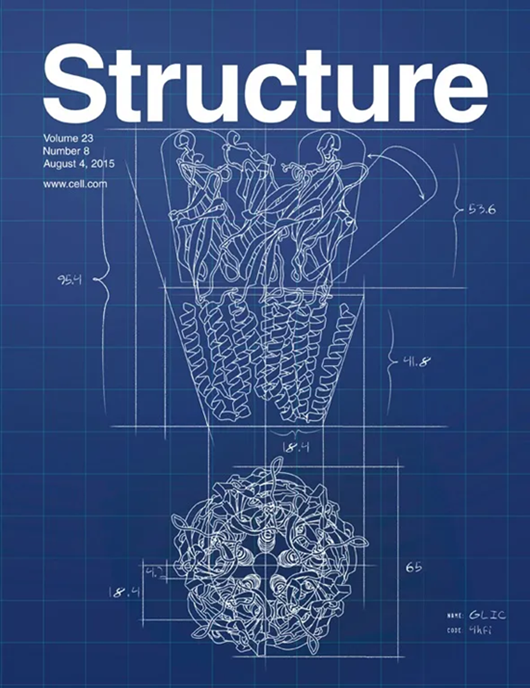Antimalarial drug artemisinin stabilizes PfRACK1 binding to the ribosome
IF 4.3
2区 生物学
Q2 BIOCHEMISTRY & MOLECULAR BIOLOGY
引用次数: 0
Abstract
Artemisinin and its derivatives represent the core agents in artemisinin combination therapies that are the current frontline treatment for P. falciparum and P. vivax malaria infections. Artemisinins are known to bind a wide array of proteins that disrupt the parasite’s cellular physiology. Here, we show that artemisinins’ cytotoxic activity involves structural alteration of key P. falciparum macromolecular complexes, including the ribosome, proteasome, and T-complex. The structural analysis revealed that, following artemisinin treatment, a larger population of Pf80S ribosomes binds PfRACK1. Unlike in most eukaryotes, PfRACK1 does not interact with the C-terminal tail of the r-protein uS3 that in Plasmodium is truncated. This likely suggests an evolved role of uS3 in facilitating RACK1-mediated translational regulation, which would potentially benefit the parasite under certain conditions. Stabilization of RACK1 ribosome interaction likely contributes to artemisinins’ mode of action.

抗疟药物青蒿素稳定PfRACK1与核糖体的结合
青蒿素及其衍生物是目前治疗恶性疟原虫和间日疟原虫疟疾感染的一线青蒿素联合疗法的核心药物。众所周知,青蒿素可以结合多种蛋白质,破坏寄生虫的细胞生理机能。在这里,我们发现青蒿素的细胞毒活性涉及关键的恶性疟原虫大分子复合物的结构改变,包括核糖体、蛋白酶体和t复合物。结构分析显示,在青蒿素治疗后,更多的Pf80S核糖体与PfRACK1结合。与大多数真核生物不同,PfRACK1不与疟原虫中被截断的r-蛋白uS3的c端尾部相互作用。这可能表明uS3在促进rack1介导的翻译调节中发挥了进化作用,这可能在某些条件下有益于寄生虫。RACK1核糖体相互作用的稳定可能有助于青蒿素的作用方式。
本文章由计算机程序翻译,如有差异,请以英文原文为准。
求助全文
约1分钟内获得全文
求助全文
来源期刊

Structure
生物-生化与分子生物学
CiteScore
8.90
自引率
1.80%
发文量
155
审稿时长
3-8 weeks
期刊介绍:
Structure aims to publish papers of exceptional interest in the field of structural biology. The journal strives to be essential reading for structural biologists, as well as biologists and biochemists that are interested in macromolecular structure and function. Structure strongly encourages the submission of manuscripts that present structural and molecular insights into biological function and mechanism. Other reports that address fundamental questions in structural biology, such as structure-based examinations of protein evolution, folding, and/or design, will also be considered. We will consider the application of any method, experimental or computational, at high or low resolution, to conduct structural investigations, as long as the method is appropriate for the biological, functional, and mechanistic question(s) being addressed. Likewise, reports describing single-molecule analysis of biological mechanisms are welcome.
In general, the editors encourage submission of experimental structural studies that are enriched by an analysis of structure-activity relationships and will not consider studies that solely report structural information unless the structure or analysis is of exceptional and broad interest. Studies reporting only homology models, de novo models, or molecular dynamics simulations are also discouraged unless the models are informed by or validated by novel experimental data; rationalization of a large body of existing experimental evidence and making testable predictions based on a model or simulation is often not considered sufficient.
 求助内容:
求助内容: 应助结果提醒方式:
应助结果提醒方式:


